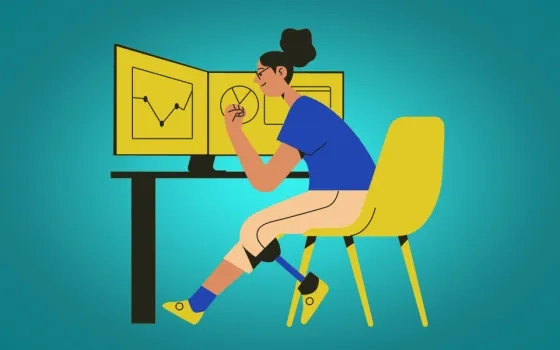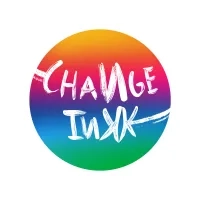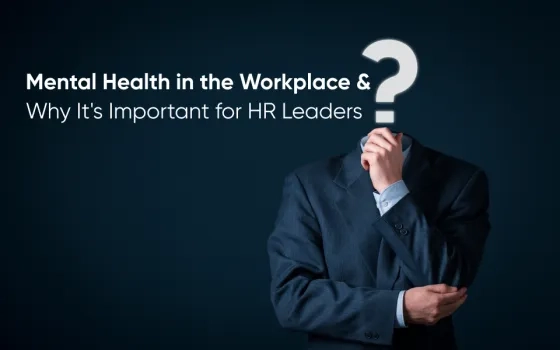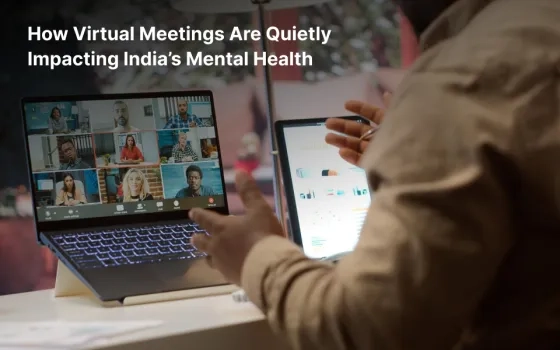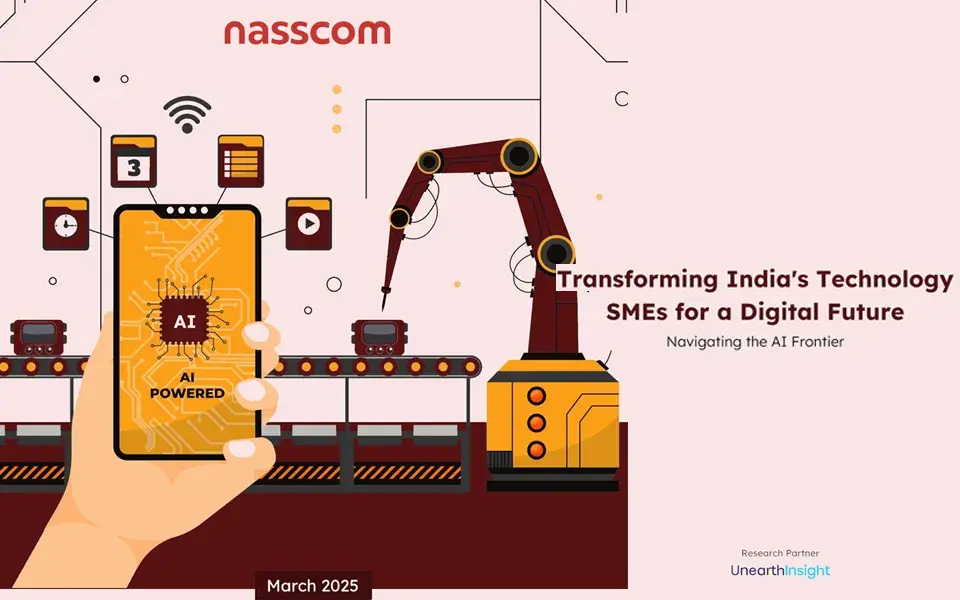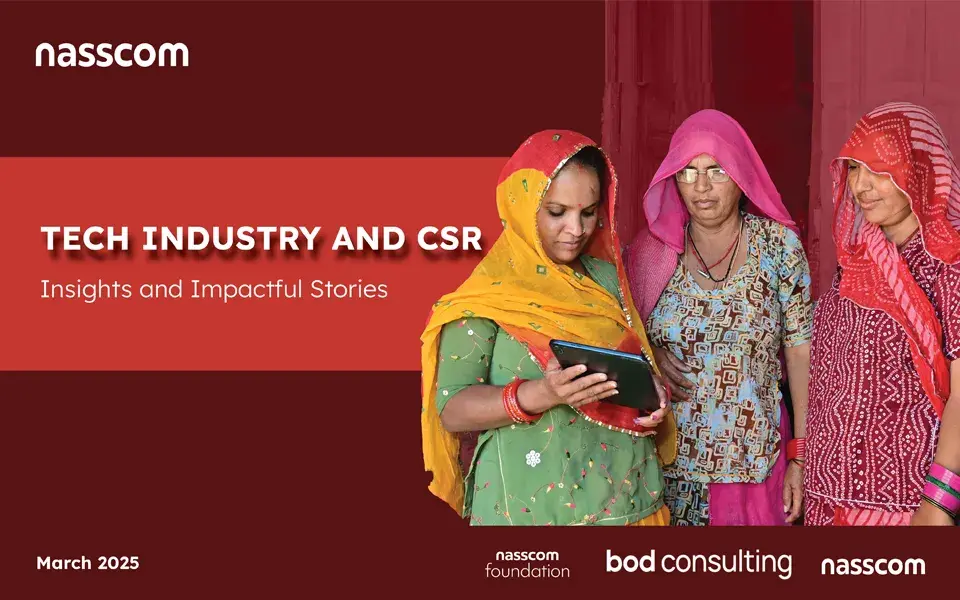ChangeInkk's Dyslexia@Work series continues with an exploration of yet another vital pillar of neuro-inclusive teams: technology, or more specifically, technology that mainstreams accessibility.
You've probably heard us wax poetic about the many benefits of including neurodiverse people in the workplace. Growing evidence suggests that neurodiverse people bring unique skills and perspectives to the table that can be extremely valuable for any organisation. To refresh your memory, here are some quick stats from a Made by Dyslexia report:1
-
84% have superior reasoning abilities,
-
71% have superior communication skills, and
-
84% are above-average creative thinkers and "explorers," i.e., they are curious and enjoy learning new skills.
What does this mean for you? Simply put, by making a few small-but-significant changes, you can empower your neurodiverse colleagues to bring their best selves to work, allowing you to reap the benefits of their dyslexic thinking. In addition, supporting them can boost their performance and job satisfaction, which leads to higher retention rates. The icing on the cake is that organisations that are seen as inclusive and supportive of neurodiverse individuals enjoy a positive reputation both in the community and with potential hires.
Before discussing how accessible technologies are crucial to the success of neuro-inclusive organisations, let's first establish that accessibility is not an issue that relates to a select few. Accessibility challenges affect all members of society at different points in life, and to different degrees. According to the World Health Organisation (WHO), "Almost everyone will be temporarily or permanently impaired at some point in life, and those who survive to old age will experience increasing difficulties in functioning."2 Accessibility harnesses principles of universal design and enables the user to interact with a product or service in the way that works best for them. It deals with making an offering usable for the largest possible group of people, regardless of their level of ability.
As we contemplate what neuro-inclusion in the workplace looks like, we need to start by thinking of the challenges most likely to be faced by our neurodiverse teammates. These may include:
-
Language processing challenges, like difficulties with preparing written communication (including slow writing/ typing speed, spelling errors, etc.), understanding and retaining textual content, and keeping up with oral communication (particularly in meetings and presentations)
-
Challenges in planning and organising work, including
-
Estimating how long activities will take,
-
Switching between different tasks or multitasking, and
-
Challenges in focusing and sustaining attention, which can make it hard to complete tasks that require sustained focus, particularly if there are distractions in the environment.
These struggles contribute to cognitive overload, low self-esteem and a high degree of workplace stress, which can prevent individuals from realising their potential in the workplace. However, employers can take steps to help accommodate these challenges, such as providing access to supportive technology, integrating additional training and supportive employee management policies, and allowing for flexible work environments.
In this blog post, we will demystify the first of the three prongs, viz., supportive technology tools.
Accessibility a Priority for Technology Providers
Assistive technology includes any device, software, or equipment that helps people with disabilities learn, communicate, or function better. Note that even technology offerings not explicitly branded as "accessible" can vastly improve the experience of all individuals, not just the neurodiverse. For example, all virtual conferencing platforms offer a background blurring functionality, while enabling privacy for the speaker, also supports those who struggle with over simulation by reducing extraneous visual stimulus and helping users focus on the speaker—similarly, captioning or speech-to-text functionalities including transcription functionalities that automate note taking, lower cognitive strain.
Think about this: Have you had a colleague who is otherwise smart but struggles to read and make sense of written material? What about a team member who shines during brainstorming sessions, but struggles with the execution of their own brilliant ideas? Access to the right technology tools at work can make all the difference between struggling and thriving. Here are some that may be useful:
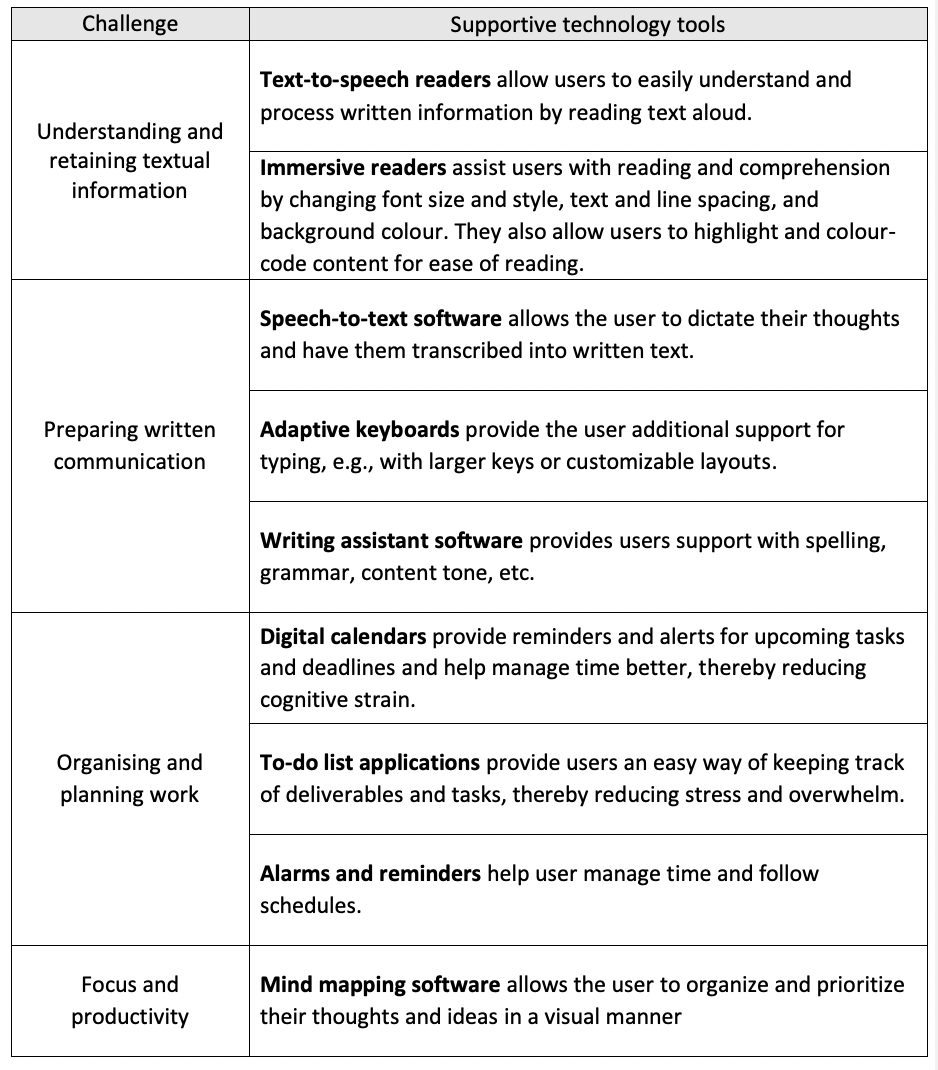
Realising that accessibility is a key ingredient for achieving their Diversity, Equity and Inclusion (DEI) goals and improving the user experience for their customer base, large technology companies have adopted an accessibility-first approach in recent years. In fact, the technology solutions listed in the table above are built-in across products offered by leading technology companies Microsoft, Apple, Google and more, albeit with different names.
Speaking of the prioritisation of mainstreaming accessibility features at a recent webinar co-organised by NASSCOM Foundation and ChangeInkk, Balendu Sharma Dadhich, Director of Local Languages and Accessibility at Microsoft India, highlighted the technology behemoth's exemplar commitment to inclusion and accessibility by claiming that it is "as important for them as any other business aspect". He highlighted that this commitment is reflected across the design of all their product offerings, which have a plethora of built-in accessibility features that many do not know about. Dadhich demonstrated some of MS Word's accessibility features, including speciality fonts like Open Dyslexia, immersive reader, text font and colour changing, dictation (speech-to-text), and encouraged the audience to explore these. The presentation highlighted the ease of harnessing technology tools, and many in the audience were surprised to learn that assistive technology features are so pervasive in the most used platforms. Most importantly, he showed that, contrary to popular belief, resource constraints need not be a barrier to providing the support neurodiverse employees and teams need to thrive. In doing so, he helped debunk the widely held belief that making accessible technology available to the mainstream requires a large investment.
Leading with such an approach is not just an ethical choice but a financially wise one. Estimates suggest that the purchasing power of the disability community (which includes disabled people's families and friends) is an estimated $13 trillion. This is a market larger than China's (!), which goes to show that issues with product accessibility can have serious financial consequences for businesses.3 Companies are also realising that it is prudent to be inclusion-minded from the start, rather than as an afterthought. Digital accessibility-related lawsuits have been steadily increasing; at present, it is estimated that 10 such lawsuits are filed daily in the US.4 While investing in accessibility from the start projects a better image of the organisation, more importantly, it enables diversity in the workforce while improving productivity for everyone.
So, what should you be doing?
Identify your needs. First, spend some time figuring out your workforce's needs and how they interact with technology. This will help you pinpoint the challenges they may face and understand which technology tools can be used to overcome those obstacles.
Look beyond the employee laptop and take a holistic view of accessibility. Ensure that accessibility functionalities are incorporated into all aspects of the organisation's functioning- search and recruitment, training, project management, human resources, internal communication, and more. In addition, materials developed internally (such as websites, training manuals, presentations, etc.) must also comply with accessibility standards. Develop policies that allow the use of accessibility technologies by employees.
When procuring new technology, ensure that they are accessible and meet the needs of your workforce. As noted earlier, in most cases, technology offerings have built-in accessibility features, but in some cases, specialised technology tools may be required.
Prioritise accessibility training for all. Accessible technology is sometimes considered "assistive" for a select few (neurodiverse), leading to misconceptions that these members of the organisation are being given an unfair leg-up. Such harmful stereotypes can be avoided by ensuring that all employees are trained to use an accessible technology and understand the significance of accessibility. Remember, these functions are likely to benefit everyone in the workforce. For example, the speech-to-text or dictate function may be imperative for someone with Dyslexia to succeed, but can improve productivity of lawyers and researchers. Furthermore, audiobooks are a must for the visually impaired who do not have access to braille books, but as we all know are popular with the general population as well.
Mainstream accessibility by norm-nudging. Managers are pivotal in building teams' motivation to produce high-quality work. Neurodiverse employees may have trouble actively using accessible technology even if the organisation allows it, if it is not mainstreamed in the organisation's day-to-day working. It may appear as though they are the only ones making use of these tools, leading them to feel singled out. For example, even if the organisation technically allows it, audio recording a meeting (to revisit later or to use in preparing a meeting summary) may be frowned upon. In that case, individuals who struggle with processing oral communication will be uncomfortable asserting their needs.
It is the responsibility of leaders and managers to foster a culture of openness and non-judgement around their use. Managers must model their use in day-to-day working, so that nobody bats an eyelid when neurodiverse teammates use them. They must also emphasise that mainstreaming the use of technology supports can benefit EVERYONE, not just those who are neurodiverse. One example is the "Focus Time" feature integrated in almost every calendar application. In this phase of constant virtual meetings starting with the pandemic, such a feature has been used widely to demarcate sections of a working day in which an individual can buckle down and get their most important work done, uninterrupted by meetings and other intrusions.
Finally, regularly review and update technology to ensure that it remains accessible given the dynamic needs of the workforce.
Most importantly, remember that while technology is an essential prong of a successful inclusion programme, it only works if it is supported by a culture and strategies that empower neurodiverse individuals to bring their authentic selves to the workplace. Without neuro-inclusive leadership and ecosystems, technology will not wave a magic wand to motivate your workforce into producing their best work.
In the next instalment of the Dyslexia@Work series, we'll take a deeper look into the tips and tricks that can help you maximise the accessibility of your content. In the meantime, to learn more about how you can rethink the workplace ecosystem to be more inclusive, read ChangeInkk's Behavioural Science-Informed Guide to Building an Inclusive Workplace.
This article is written by Noopur Jhunjhunwala, Co-founder and Trustee & Deepika Ghosh, Lead for Workplace Inclusion and Entrepreneurship at ChangeInkk Foundation.
To follow ChangeInkk’s work and upcoming events, visit our website https://changeinkk.org/.
References:
-
JOIN THE DOTS Empowering Dyslexic Thinking in every workplace. Made by Dyslexia. (2021).
-
World Report on Disability 2011. World Health Organization. (2011)
-
2020 Annual Report - The Global Economics of Disability. Return on Disability Group. (2020)
-
2021 Year End Report ADA Digital Accessibility Lawsuits. Usablenet. (2021)



